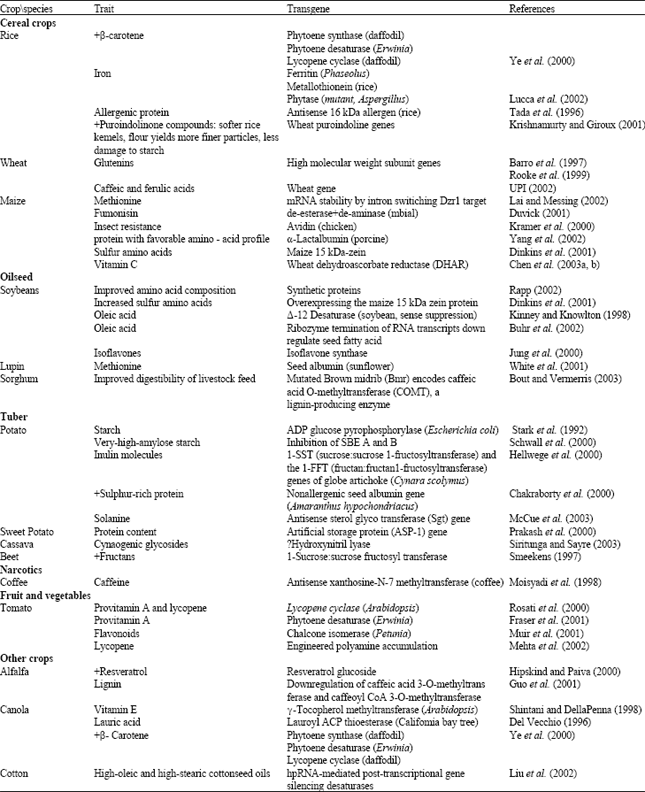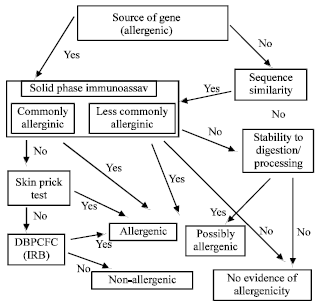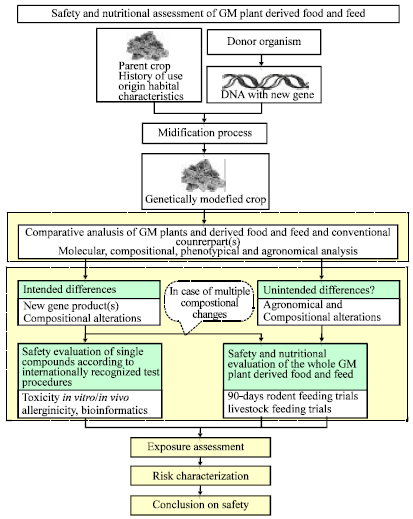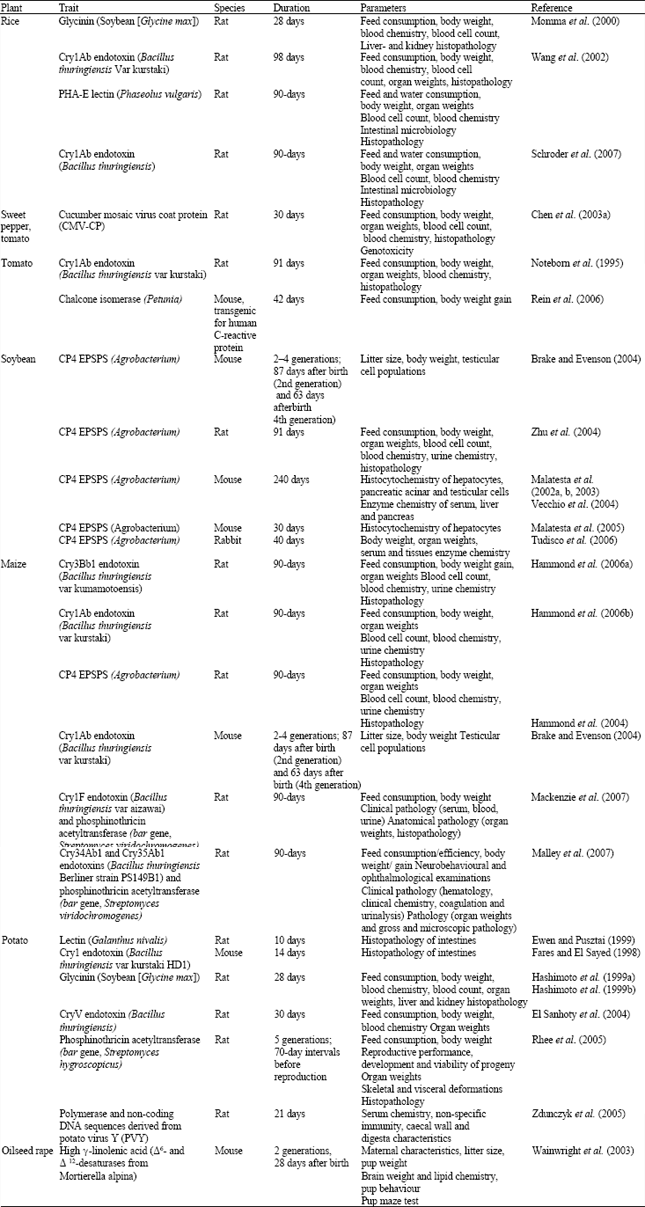Review Article
Genetically Modified Food: Its uses, Future Prospects and Safety Assessments
Central Institute for Subtropical Horticulture, Rahmankhera, Lucknow, 227107, India
M. Kamle
Central Institute for Subtropical Horticulture, Rahmankhera, Lucknow, 227107, India
L.P. Yadava
Central Institute for Subtropical Horticulture, Rahmankhera, Lucknow, 227107, India
M. Muthukumar
Central Institute for Subtropical Horticulture, Rahmankhera, Lucknow, 227107, India
P. Kumar
Central Institute for Subtropical Horticulture, Rahmankhera, Lucknow, 227107, India
V. Gupta
Central Institute for Subtropical Horticulture, Rahmankhera, Lucknow, 227107, India
M. Ashfaque
Central Institute for Subtropical Horticulture, Rahmankhera, Lucknow, 227107, India
B.K. Pandey
Central Institute for Subtropical Horticulture, Rahmankhera, Lucknow, 227107, India














seema sharma Reply
good paper